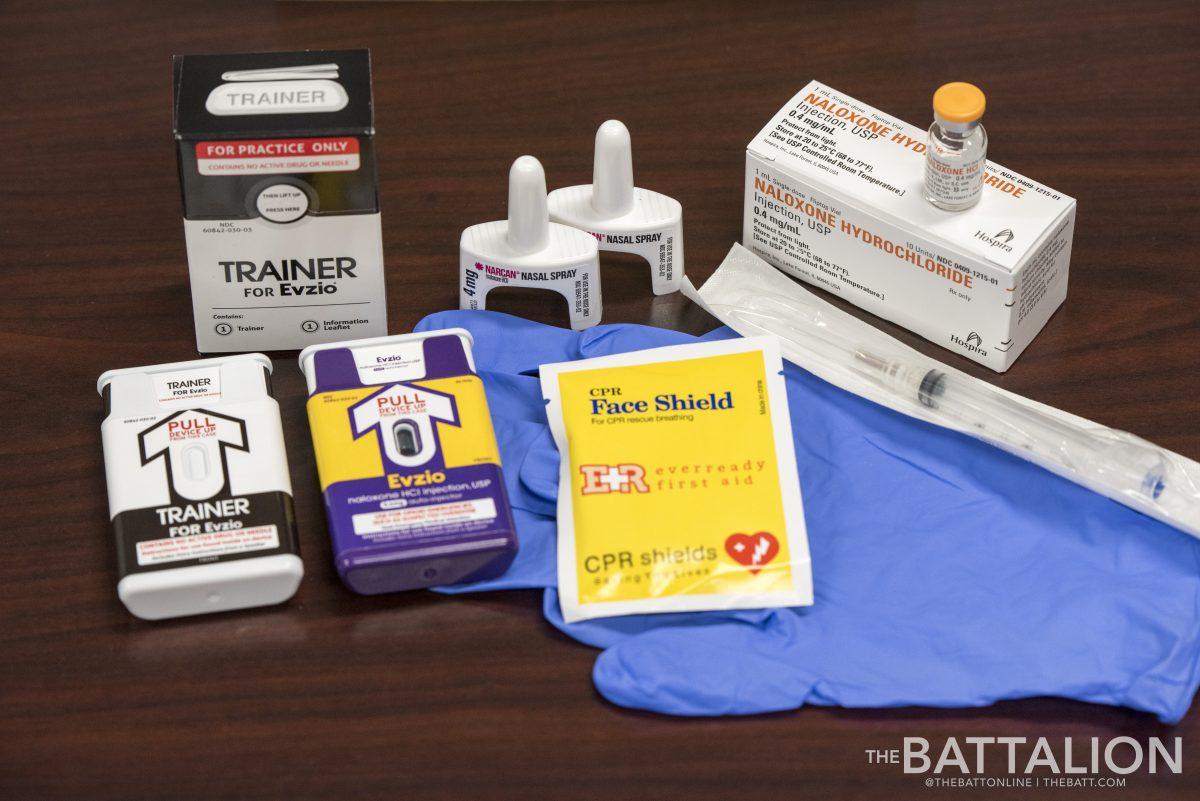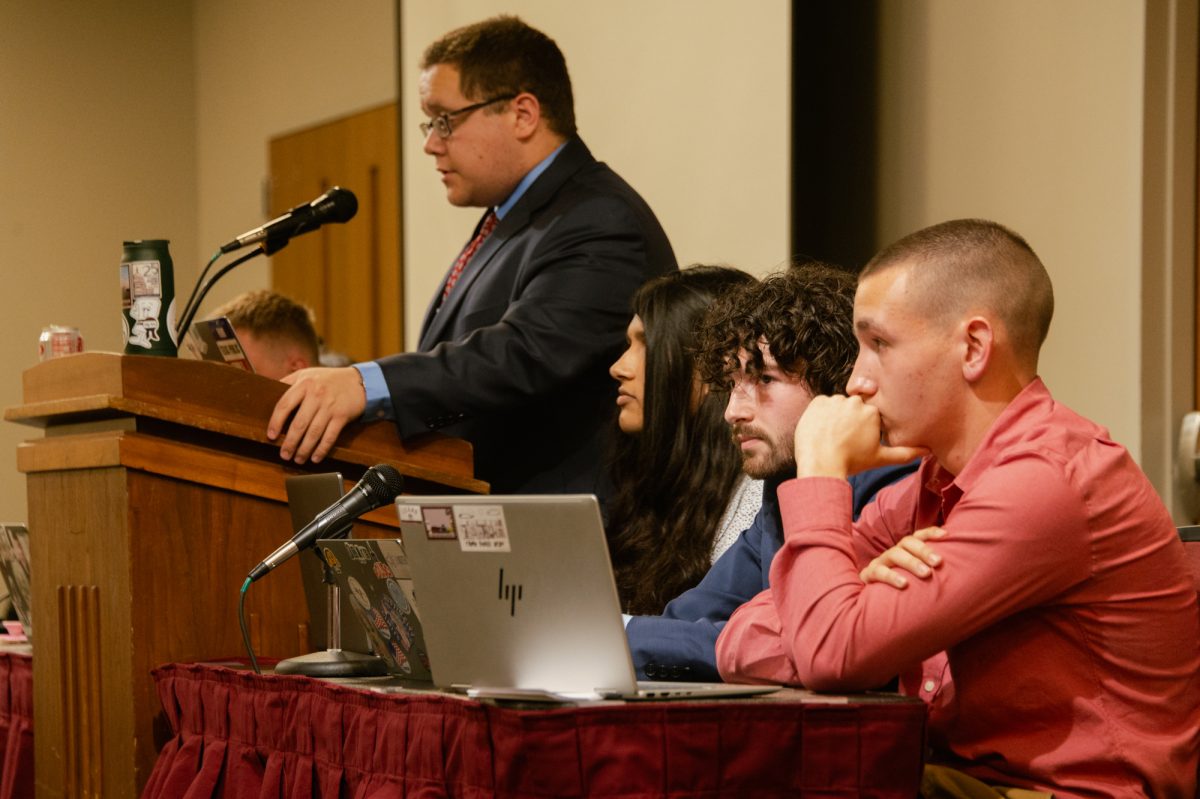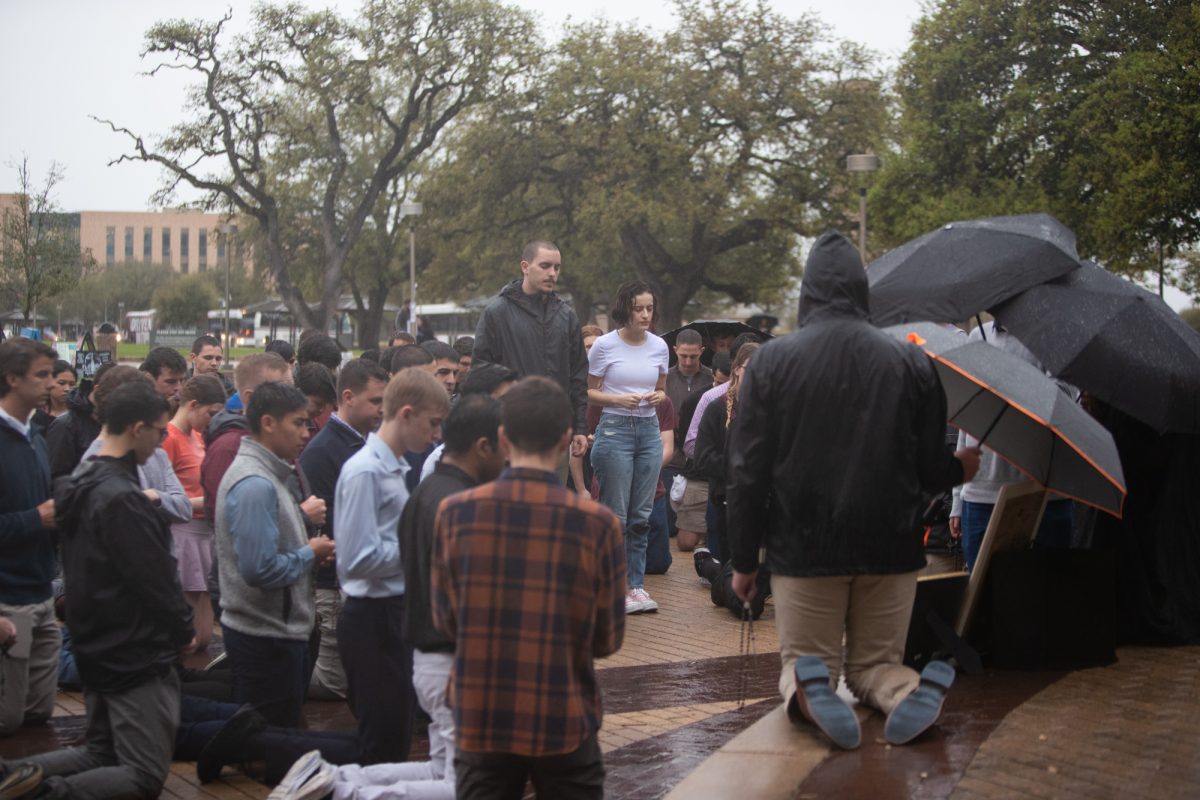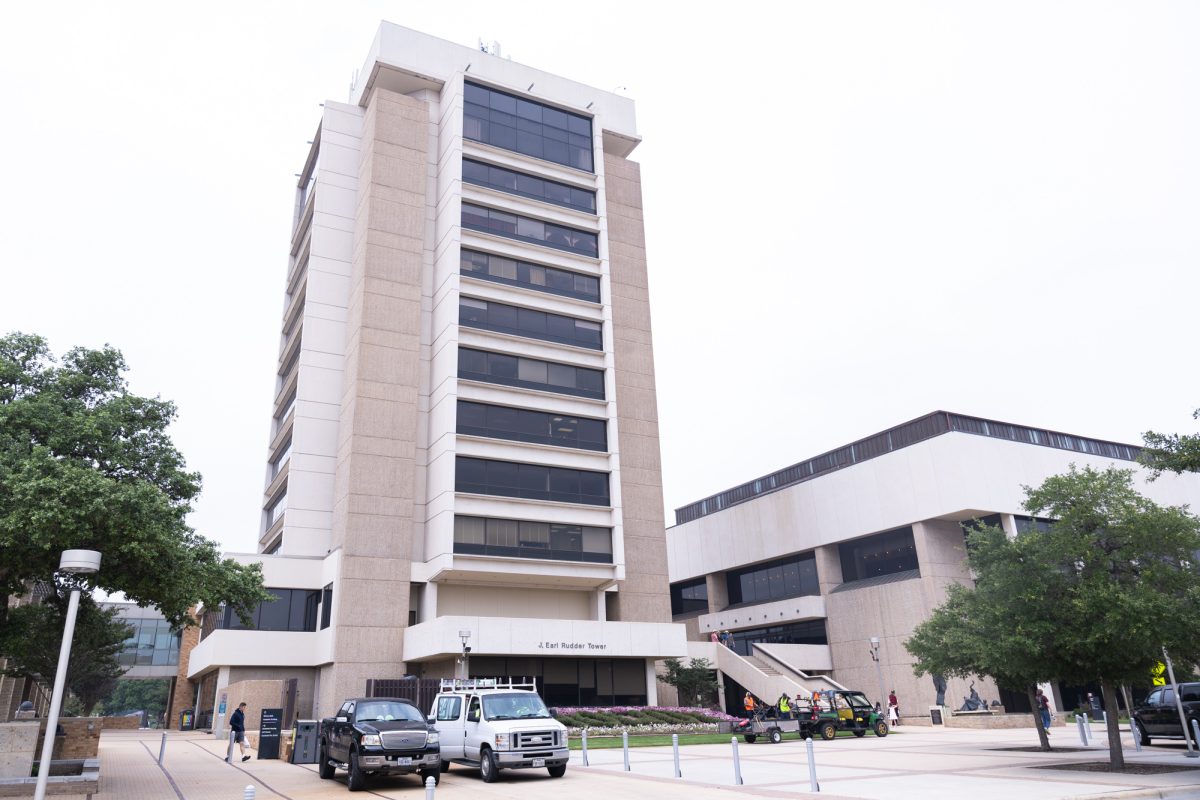A Texas A&M initiative looks to provide life-saving training to combat the growing number of deaths from opioid overdoses.
There were over 63,600 opioid overdose related deaths in the U.S. in 2016 and there has been a 28 percent increase among the 15 to 24 age group since 2015, according to the CDC. A&M’s initiative — led by the Health Science Center’s Opioid Task Force — will focus on training students to administer the overdose reversal drug naloxone, often sold under the brand name Narcan. Regents and distinguished professor of public health Marcia Ory and assistant clinical professor of pharmacy practice Joy Alonzo have led the task force since its creation in January of 2018. The task force has members from numerous fields, including pharmacy, nursing, medicine and dentistry. There are also faculty members and student ambassadors from universities and cities across Texas.
The program aims to correct common misconceptions and help students and community members recognize what an overdose looks like, Ory said.
“People are familiar with students who drink too much alcohol; you give them coffee, take a walk or hit them on the head,” Ory said. “None of that is appropriate. You will die anyway [in an overdose]. That’s why it is important to understand what an overdose is and how you treat it and the dos and don’ts.”
The task force has created quick-response kits that include everything needed to safely administer naloxone to individuals who have overdosed.
“The point is that if you overdose on opioids, you can die,” Ory said. “What we are training people is to understand how you can prevent deaths. This is what is called harm reduction.”
Naxolone is used to reverse the effects of the overdose and put the patient into immediate withdrawal, Alonzo said. While the drug is not addicting, it is not a cure. It is only intended to save lives.
“It’s not treatment,” Alonzo said. “All it does is save your life and let you live to fight another day, but the idea is that it can impact mortality rates.”
In December, the Texas A&M University Police Department was trained and given kits to administer to people who have overdosed. Other local law enforcement agencies are also receiving kits and training.
The task force has committed to training all health science center students and will facilitate easy access to the kits. The goal is to start training students during the spring 2019 semester to ensure they are comfortable with administering the drug when necessary.
“It is empowering you to actually administer that naloxone,” Alonzo said. “We want them to be so comfortable with this that they will advocate for it and teach other people how to do it.”
This protocol is new to the Brazos Valley, but not new elsewhere. It has been used in other parts of the country, but now it has come to Texas, and both Ory and Alonzo said they want it to help students and community members throughout the state.
“What the health science center wants to do is be proactive and be preventative,” Ory said.
Alonzo said the team eventually hopes to expand their goal and educate and train all students at A&M since they are a resource to people around the world.
“Additionally, these guys go out to practice everywhere in other states and we want them to be completely comfortable and be able to come up with the next intervention that is going to change the tide,” Alonzo said. “We want the health science center to be a national resource to fight the opioid epidemic.”










